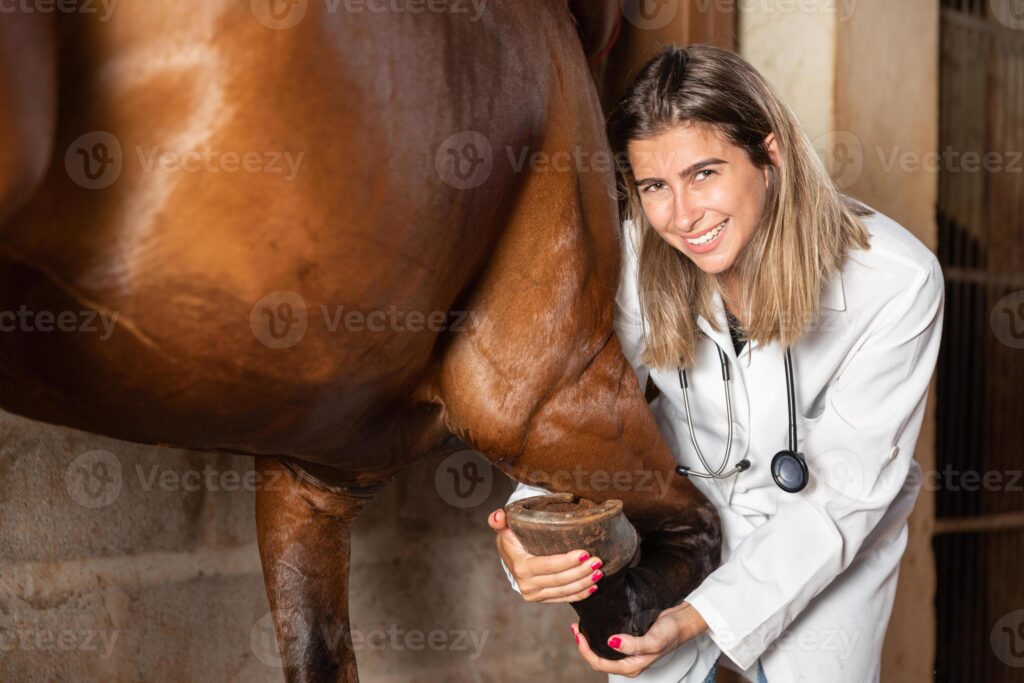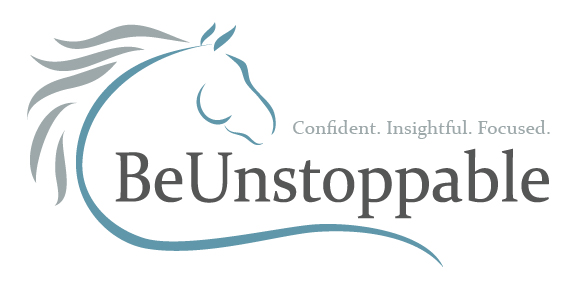
Lameness. A dreaded word. Uttering it means that your horse may be out of
commission. Determining the cause can be challenging, delaying treatment. Here
are four keys to proactive care and communication with your veterinarian can
help keep lameness from sidelining your horse and ruining your ride.
1. Commit to regular soundness exams
Prevention is the best treatment. While there’s no foolproof way to stop lameness from happening, there are ways to reduce its effects. Veterinarians agree that regular soundness exams are one of the best ways to catch problems before they’ve negatively impacted your horse. “Bringing the horse in twice a year for a lameness exam is what you can do that will undoubtedly prolong this horse’s athletic life. We can detect arthritis early and come up with a rational plan,” Dr. Allen said.
During a soundness examination, your veterinarian may:
- Observe your horse walking, trotting and cantering
- Examine your horse’s back, neck and joints
- Complete a nerve block by using local anesthetic to temporarily desensitize certain areas of the limb to help identify potential issues
- Complete X-rays, possibly sharing hoof images with your farrier to help ensure ongoing proper shoeing
By establishing your horse’s “normal,” you and your veterinarian will be able to identify potential issues earlier. This is especially important because lameness may not always be obvious. In early stages, subtle changes in gait, performance or willingness to work may be the only indication.
2. Keep your veterinarian in the know
Because early signs of lameness can be difficult to spot, it’s smart to consider your veterinarian as your first source of lameness information. Similarly, your veterinarian relies on you for information. So be sure to share observations about how your horse is moving, after all, you know your horse better than anyone else. Take note of any changes in gait as the more time-based information you can give the better.
3. Agree to diagnostics, especially for DJD
Speaking of diagnosis, communication becomes even more important if you suspect your horse is dealing with a lameness issue. When your horse is being evaluated for lameness, your veterinarian will ask you a number of questions ranging from your horse’s routine exercise to diet and supplement use to changes in housing to other therapies your horse is receiving. Your veterinarian will also ask you to describe any past lameness your horse has experienced. All this information is critical to supporting the diagnostic procedures, which may include radiographs, nerve blocks, ultrasound and more, depending on the suspected issue.
Degenerative joint disease (DJD), also called arthritis, is often to blame for lameness. In fact, DJD causes up to 60 percent of lameness in horses. DJD is characterized by progressive deterioration of articular cartilage, along with changes in the bone and soft tissues of the joint. If left untreated, DJD continues to get worse. Diagnosing DJD allows you and your veterinarian to begin treatment early, because once cartilage wears away completely, it cannot be restored.
4. Know product differences
To help overcome lameness and get your horse moving again, veterinarians will recommend a treatment plan tailored to the location, severity and cause of the lameness, plus your horse’s type and level of work. When DJD is diagnosed as the cause, using therapies to both reduce the symptoms (lameness) and slow disease progression is ideal.
Successfully managing DJD may require a combination of therapies, such as FDA-approved drugs, complementary modalities and biologics. The many joint therapies vary widely in effectiveness, safety and cost, so it’s important to talk with your veterinarian about the differences. Working together to choose what’s right for your horse can make a real difference in long-term health.

Would you consider an article (science based) on comparisons of the various joint therapies? Some therapies offered have minimal positive outcomes or some antedotal references. Seems difficult to find evidence of benefit in some vet medicine offerings. Would you review the efficacy of PRP? (Plasma rich protein)